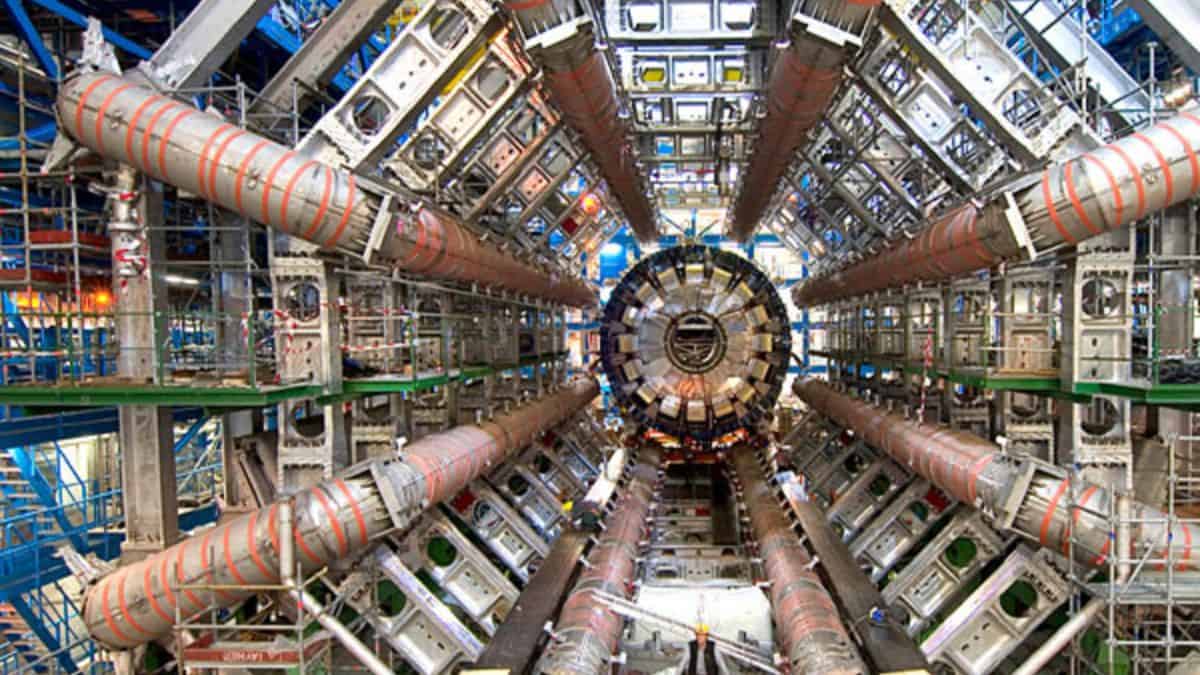How was the God Particle discovered at the CERN’s Large Hadron Collider?

The fundamental force-carrying particle of the Higgs field, which gives other particles their mass, is known as the Higgs boson. The theory for this field was first put forth in the middle of the 1960s by Peter Higgs, after whom the particle is named, and his associates.
On July 4, 2012, scientists at the Large Hadron Collider (LHC), the world’s most powerful particle accelerator, based at the European Particle Physics Laboratory CERN in Switzerland, made the particle’s ultimate discovery. The LHC finalised the standard model of particle physics, the best account we have of the subatomic universe, by confirming the existence of the Higgs field and the mechanism that gives origin to mass.
WHAT IS THE HIGGS BOSON(The God Particle)?
According to CERN, the Higgs boson has a mass of 125 billion electron volts, making it 130 times more massive than a proton (opens in new tab). It also has no charge and no spin, making it the quantum mechanical counterpart of angular momentum. The only elementary particle without spin is the Higgs Boson.
When particles interact with one another, a boson, which is a “force carrier” particle, is involved. A boson is transferred during this contact. For instance, a photon—the particle that carries electromagnetic fields’ force—is exchanged when two electrons come into contact.
A boson can alternatively be characterised as a wave since quantum field theory uses wave mechanics to describe the microscopic world and the quantum fields that fill the world.
WHY IS THE HIGGS BOSON CALLED THE ‘GOD PARTICLE?
When the Higgs boson was discovered, particularly as a result of the popular media, the name “the God Particle” became firmly established. This is frequently attributed to Nobel Prize-winning physicist Leon Lederman, who, in anger about how difficult it was to discover, referred to the Higgs boson as the “Goddamn Particle.” Lederman originally intended for his book on the Higgs boson to be titled “The Goddamn Particle,” but the publishers changed it to “The God Particle,” creating a problematic religious connotation that persists to this day.
HIGGS BOSON DISCOVERY AND THE STANDARD MODEL
It takes more than just setting up a detector and waiting for the Higgs boson to be discovered. Only in the high-energy circumstances of the early universe did these particles exist. This implies that these high-energy circumstances must be reproduced and Higgs bosons must be produced before this particle can be detected. By accelerating protons to almost light speed and colliding them, the LHC achieves this.
A cascade of particles is produced as a result, and these soon break into lighter ones. Instead of being directly observed because it decays too quickly, the Higgs boson was discovered by looking for particle decays that pointed to a particle without a spin and fitted theoretical expectations for this missing boson.
On July 4, 2012, the Higgs boson’s discovery was announced at CERN in Geneva. The Higgs boson was actually identified as the particle that had been observed in March of the following year. The discovery of the Higgs boson completed this picture of the subatomic world by revealing this article, which was predicted by the standard model. The Higgs boson’s special qualities may be able to provide light on some of the unanswered questions surrounding this theory, including the nature of dark matter.


